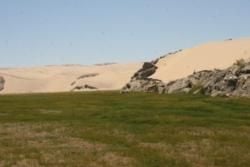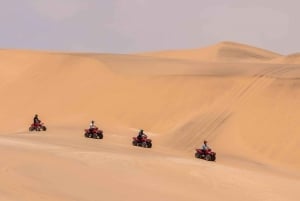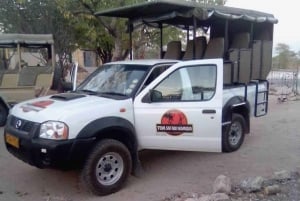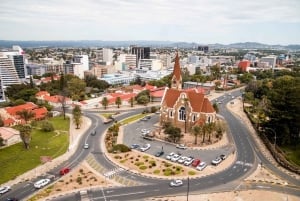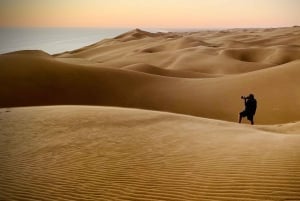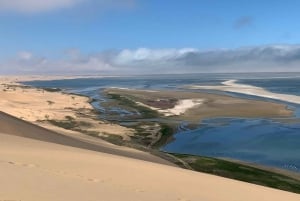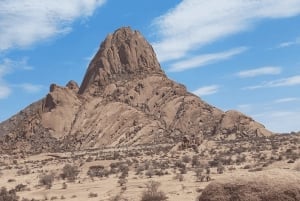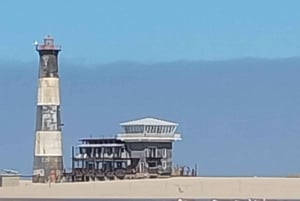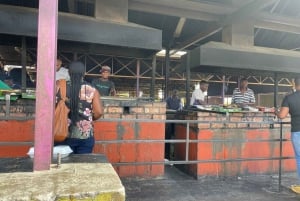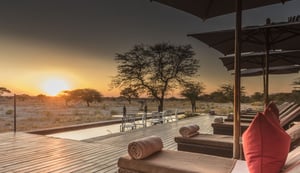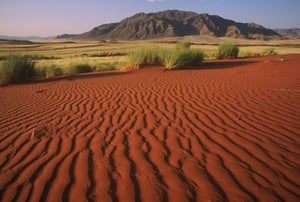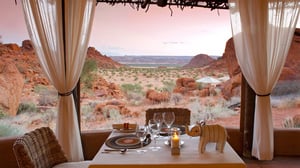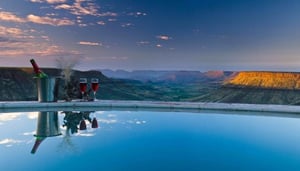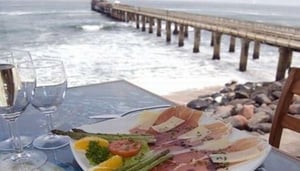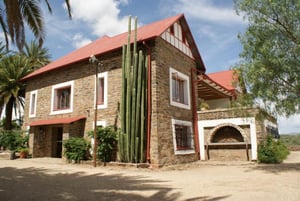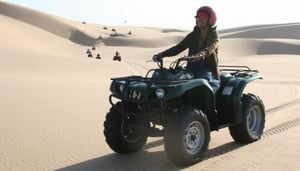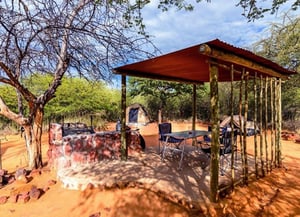Skeleton Coast
Along the north western stretches of the wild Namib Desert lies a land of both wonder and danger. The infamous Skeleton Coast National Park stretches across 16,000km² of wild coast, endless horizons and desert ambience. On a sunny day the ocean is a canvas of blues and grays and one would never imagine that it hides a rift of rocks that has sent many a ship to its doom. The name aptly refers to the beaches covered with bleached whale bones as well as those of unlucky sailors. Probably the most famous story of all is that of the Dunedin Star. The liner was grounded about 500m from the beach in 1935, what followed was an intense rescue effort for 26 days involving numerous other ships, Ventura Bomber planes from Cape Town and an overland convoy in one of the most incredible rescue attempts ever made. Two books were published, vividly portraying the events that led up to and followed the disaster. "Dead Reckoning: The Dunedin Star Disaster"by Jeff Dawson and "Skeleton Coast"by John Marsh both accurately lay out a scene of extreme survival and incredible heroism in an area renowned for not allowing its victims to escape unscathed. Indeed, many of the survivors, including 3 airmen, were never the same after their encounter with the Skeleton Coast.
"The land God made in anger", as it is known to the Bushmen, is a quite extraordinary area that will give a completely new definition of open spaces. The land undulates with dunes and rocky outcrops with dry riverbeds and fresh water springs. Oryx and springbok can be seen cresting the dunes and desert adapted elephants dig up the riverbeds in search of sustenance. To the north seal colonies bathe in the warmth of the sun and mischievous ghost crabs dance on dainty legs near the surf. To the south lies the landmark of Rocky Point, a protrusion that not only lends itself as beacon but also acts as a vantage site for birds. Beautiful rock pools contain delicate sea creatures and lends a softer side compared to the roughness of the ocean. The Skeleton Coast guards some of the most interesting faunal and floral treasures amidst an immensely beautiful stretch of land in Namibia. From the white lady spider and desert chameleon to the "flowering stones"and dozens of lichen species, the wealth of the area is incredible. The gray coastal fog that contributes to the spooky image of the Skeleton Coast is in fact a vital part of the ecosystem. It provides enough moisture for lichens and other desert adapted flora to flourish here. Be sure to traverse this land only with a local guide so as to make the best of your opportunity to experience the most of the area.


